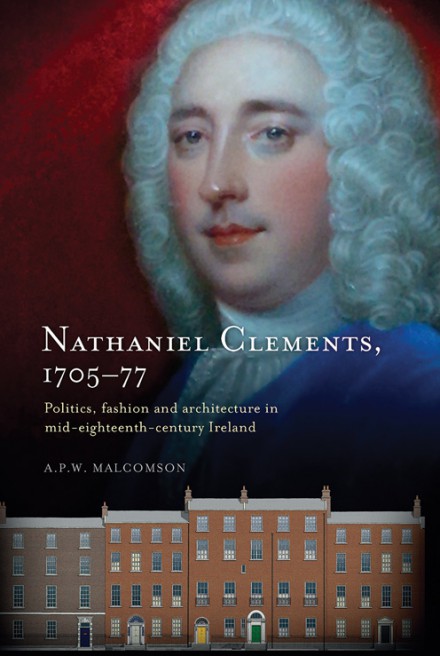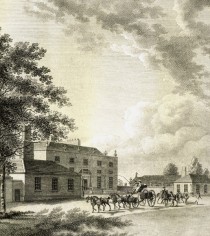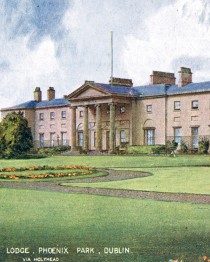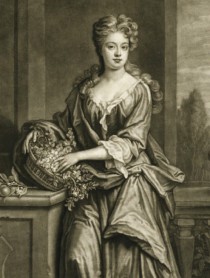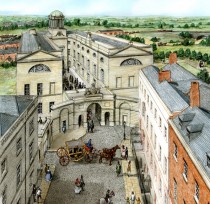Nathaniel Clements (1705–77)
Politics, fashion and architecture in mid-eighteenth-century Ireland
Anthony Malcomson
This book argues that Nathaniel Clements was an enlightened patron of architecture, not a practising architect, and that he influenced upper-class residential development in Dublin and popularised a particular form of Palladian ‘villa-farm’ (or modest country house) partly because of who he was – a high-ranking and well-connected government official and an arbiter of fashion and taste. The two places where his architectural influence is still strongly felt today are the high-fashion enclave of Henrietta Street, Dublin, of which he created about one-third in the period 1733 c.1740, and the Phoenix Park, of which he was Ranger, where he made important improvements to the landscape and where he built in 1752–7 a new Ranger’s Lodge which forms the nucleus of today’s Áras an Uachtaráin. The book provides a detailed analysis of these aesthetic achievements and (following Clements’ death) of the re casting of the Ranger’s Lodge as a British viceregal residence during the period 1782–c.1800. It concludes with a broader discussion of the ‘amateur’ tradition in British and Irish architecture and of Clements’ place among the ‘amateurs’ who dominated the art form in the decades before the coming-of-age of a fully-fledged architectural profession.
Anthony Malcomson was director of the Public Record Office of Northern Ireland from 1988 until 1998, and during a career in archives which began in 1967 has sorted and listed the papers from c.75 Irish country houses. His publications, mainly based on the evidence of this material, include Nathaniel Clements: government and the governing élite in Ireland, 1725–75 (2005), Virtues of a wicked earl: the life and legend of William Sydney Clements, 3rd earl of Leitrim, 1806–78 (2009), and John Foster (1740–1828): the politics of improvement and prosperity (2011).
